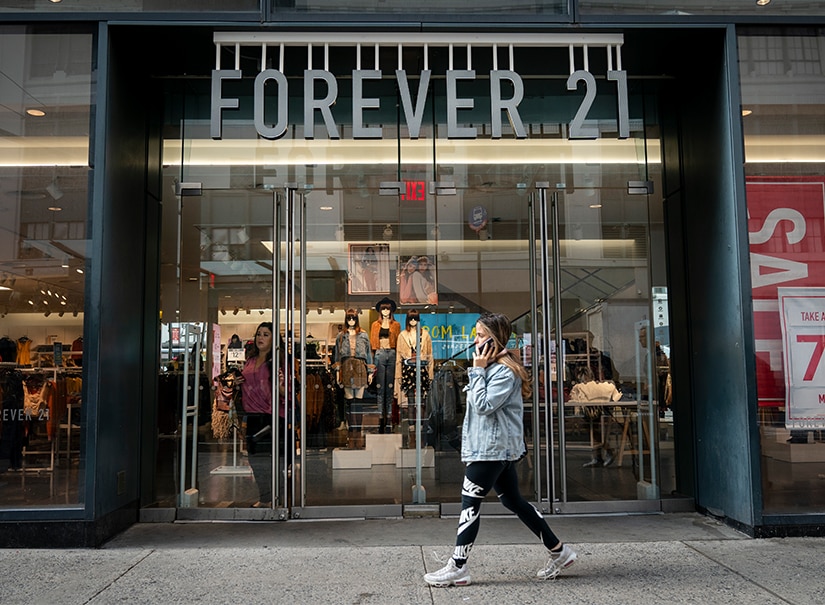Over the last five years in the fashion industry, an area dominated by gratuitous marketing, social media, and online shopping, consumers have increasingly rewarded brands that can keep up with rapidly-evolving trends. This phenomenon, dubbed “fast fashion,” refers to cheap clothing that becomes popular because of its accessibility and trendiness. On Sept. 29, popular clothing retailer Forever 21 announced that it would be closing all of its 44 Canadian stores. While some shoppers are mourning the loss of the inexpensive brand, the downfall of Forever 21 and other fast -fashion retailers should be cause for celebration because of their poor labour practices and harmful effects on the environment and Forever 21’s closures should provide an impetus for people to rethink their purchases and avoid fast fashion.
There are many hidden costs behind the deceptively cheap pieces produced by brands like Forever 21. For one, producing cheap clothing requires cheap labour, which means that the manufacturing of these items is often outsourced to other countries that lack sufficient labour protection laws, leading to workers stuck in factories with sickening conditions and low wages. What’s worse is that some of these workers are children. These conditions are not unique to countries overseas either. In 2012, Forever 21 was accused of producing clothing in US factories with “sweatshop-like conditions.”
Fast fashion also wreaks havoc on the environment. Cotton, which requires an incredible amount of water and pesticides to produce in bulk, and polyester, which sheds microplastics when washed, which then get expelled into our oceans, are among the most popular fabrics for these brands. The dyes commonly used in brightly-coloured clothing can also be toxic to the environment when dumped into bodies of water. Further, textile production leads to more carbon emissions than both shipping and aviation combined.
It’s important to note that the ‘fast-fashion’ phenomenon isn’t solely the fault of the average consumer. The fashion industry is part of a culture of mass consumerism, in which people are always surrounded by ads crafted to convince us to buy things and shame us if we don’t. Among fellow McGill students, one would be hard pressed to find someone who doesn’t use Amazon or a comparable service. These kinds of services, which both provide a platform and fuel the culture that supports fast fashion, have massive registration rates with post-secondary students because they specifically cater to them. Even in an academic environment, mass-consumer culture is never far away. Still, what keeps these industries in business is the demand for their products. If enough people stop buying fast fashion, brands like Forever 21 will continue to go out of business.
There are many alternatives to fast fashion, including sustainable brands that use fabrics that are less harmful for the environment and have more transparent labour practices. Useful examples include the the website Good On You, which rates brands based on their environmental and labour practices. Ultimately, thrifting is the most sustainable way to shop. Not only does it give clothing a new life, it also avoids creating more waste. Thrifting can be more affordable for quality pieces and should be especially appealing for students on tight budgets. However, students must keep in mind that many low-income families rely on inexpensive thrift stores to make their purchases and be prudent when buying thrifted clothing. The rise in popularity of thrifting has led to a sort of gentrification, whereby wealthier shoppers seek to find the best deals and the best pieces even when they don’t need to.
Considering that the average Canadian family throws out 46 kilograms of clothing per year, shoppers should consider donating clothes to thrift stores to make up for what they buy. Some shops will accept donations while others will pay you or offer store credit when you bring in your clothes. Many McGill clubs and associations, like SynesthAsia and UNICEF hold clothing swaps or drives throughout the year, which can be another way to reduce waste, contribute to a good cause, and acquire new items. Students should not underestimate their power to make a difference through seemingly small changes. It is crucial that McGill students continue to educate themselves on fast fashion and do what they can to avoid purchasing this kind of clothing.










